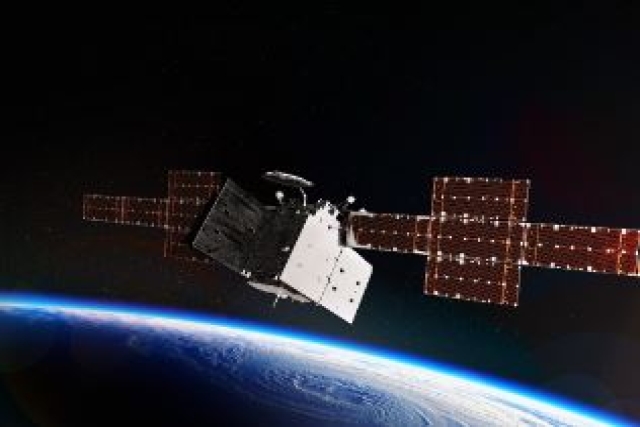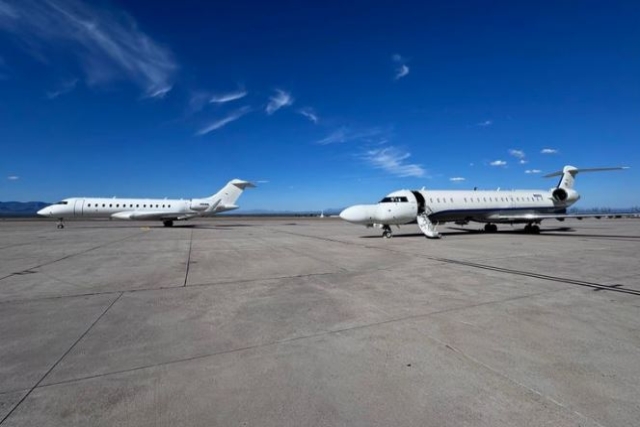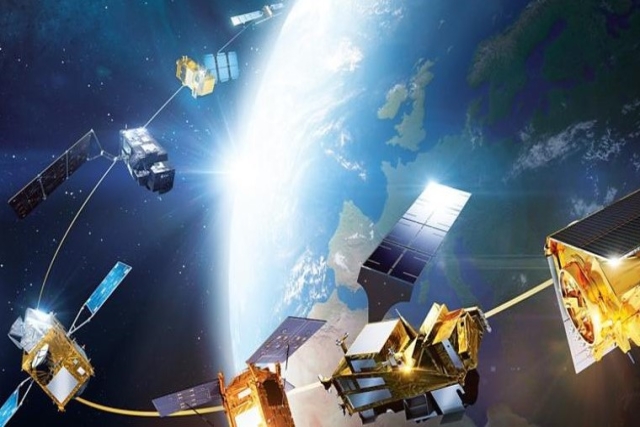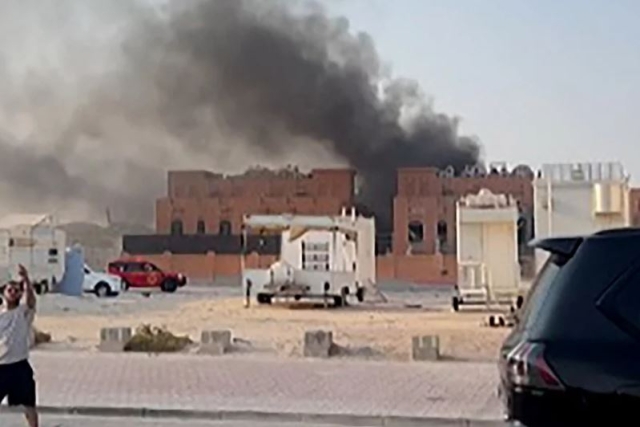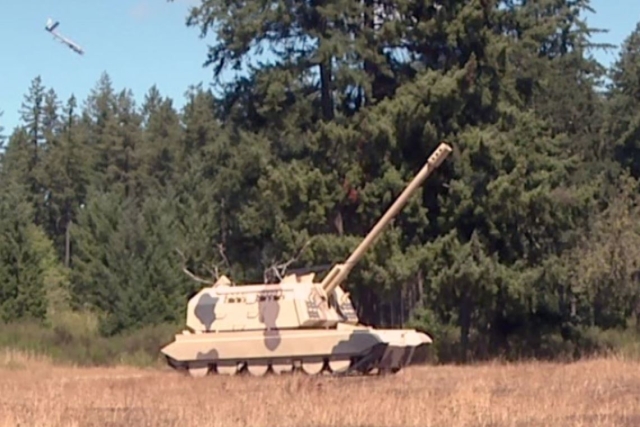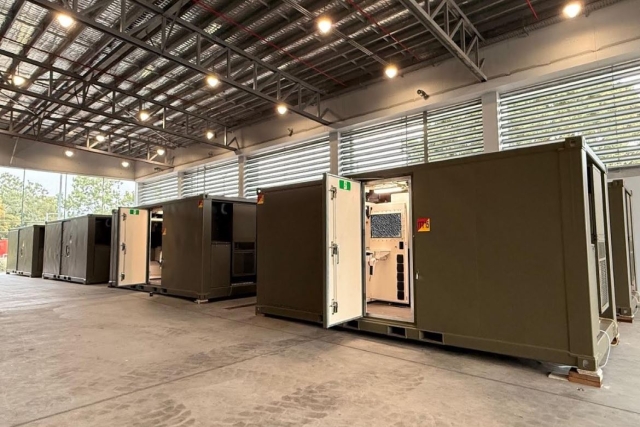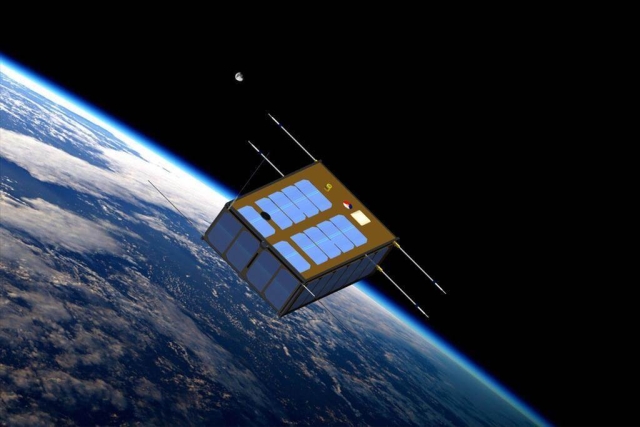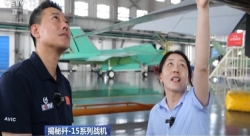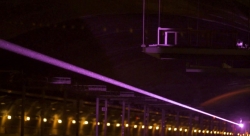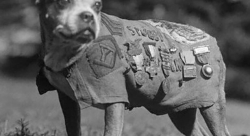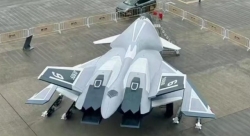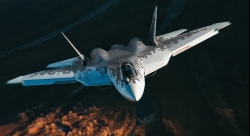U.S.A.F. Research Lab, Ohio State University Test Autonomous Laser Welding for Future Space Missions
NASA-backed parabolic flight experiment in California explores autonomous laser welding under microgravity, aiming to advance space-based manufacturing capabilities

The U.S. Air Force Research Laboratory (AFRL) recently collaborated with scientists and engineers from The Ohio State University (OSU) in a parabolic flight experiment to assess the viability of autonomous laser welding in space.
This NASA-funded project, conducted at the Central Coast Jet Center in Santa Maria, California, on Aug. 21–22, 2024, marks a step toward developing In-Space Servicing, Assembly, and Manufacturing (ISAM) capabilities. The initiative aligns with the U.S. government’s growing interest in space-based applications, including remote sensing, satellite communications, and military support operations.
The parabolic flights provided a microgravity environment that mimicked conditions found in low Earth orbit, enabling the OSU team to test the autonomous laser welding system in a simulated space setting. The welding system underwent rigorous evaluation, both in microgravity and in a vacuum chamber designed to simulate the vacuum of space. According to Dr. Arlene Smith, an AFRL engineer, the experiment yielded promising results, with 69 out of 70 welds successfully completed. Smith emphasized the potential of this technology to address logistical and maintenance challenges for space-based equipment, particularly for military applications.
OSU’s welding engineering faculty, which includes 11 specialists in welding processes, metallurgy, and performance modeling, brings unique expertise to this endeavor. Dr. Antonio Ramirez, a professor at OSU, highlighted the potential for in-space manufacturing to construct and repair large structures, such as solar panels and antennas, directly in orbit. “Building these large-scale components in space could bring both efficiency and cost savings, allowing us to create or repair parts without needing to launch from Earth,” he explained. The last U.S. welding experiment in space occurred over five decades ago, in 1973, aboard Skylab.
The experiment also included participation from Central State University’s Manufacturing Engineering program, where students machined test samples for the welding trials. Dr. Saleh Almestiri, an associate professor at Central State University, noted that projects like this offer students valuable hands-on experience, linking classroom learning to real-world applications.
Eugene Choi, a Ph.D. student in welding engineering at OSU, played a key role in preparing the equipment for the flight tests. Tasked with overcoming technical challenges to ensure the vacuum chamber's functionality, Choi described the project as rewarding despite its complexities. “Now it’s time to analyze the results, assess what worked and what didn’t, and prepare for the next phase,” he said.
This initial success has set the stage for further experimentation. Ramirez anticipates that a second series of parabolic flight tests will be conducted in February 2025, with hopes for actual testing in low Earth orbit within the next few years. If successful, these advancements in autonomous laser welding could support critical space infrastructure, offering in-situ manufacturing and repair solutions that reduce dependency on Earth-launched supplies.

